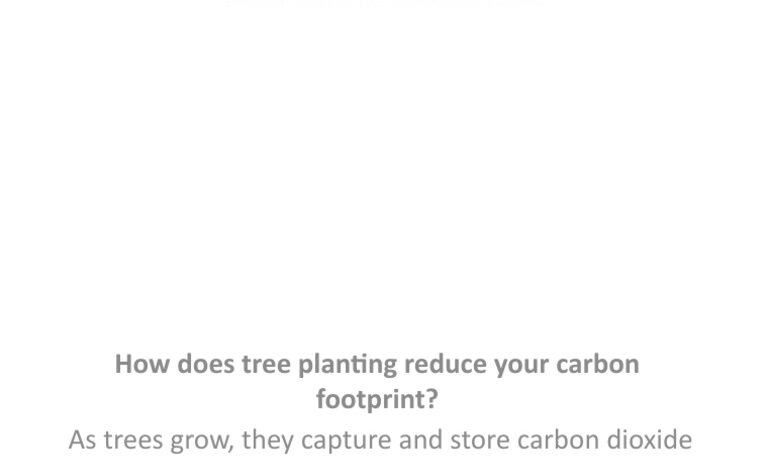The verdant tapestry of our planet, woven together by myriad plant species, plays an indispensable role in the orchestration of the ecological symphony that sustains life. At its core, the relationship between the flora and the climate system is profound and intricate. Plants, often perceived merely as passive elements of the natural world, are, in fact, dynamic allies in combating the insidious progression of global warming. Their majestic presence offers a plethora of ecological benefits, serving as natural sentinels against the scourge of climate change.
The process of photosynthesis, a marvel of natural engineering, encapsulates the primary mechanism through which plants mitigate the detrimental effects of atmospheric carbon dioxide (CO₂). In this biological ballet, plants absorb sunlight, utilizing it to convert CO₂ and water into glucose and oxygen. As they flourish, they sequester carbon, effectively acting as biological sponges. This sequestration transforms plants into living repositories of carbon, reducing the volume of greenhouse gases that proliferate in the atmosphere.
The statistics are remarkable. Forests, grasslands, and wetlands collectively store an estimated 2.6 trillion metric tons of carbon in their biomass. A single mature tree can absorb approximately 48 pounds of CO₂ annually. Thus, the expansive canopies of our forests serve not only as picturesque backdrops to the natural world, but as vital carbon sinks, capable of offsetting a substantial portion of anthropogenic emissions. In this regard, reforestation and afforestation emerge as pivotal strategies. By intelligently increasing plant cover, humanity can harness the inherent capacity of flora to sequester vast quantities of carbon.
Yet, the role of plants transcends carbon sequestration alone. Plants are also instrumental in regulating the local and global water cycles. Their root systems stabilize soil, minimizing erosion and preserving water quality. Evapotranspiration, the process through which plants release water vapor into the atmosphere, plays a crucial role in maintaining humidity levels and precipitation patterns. These ecosystems create microclimates, influencing temperature and moisture, and thus acting as insulators against extreme weather conditions. A landscape devoid of plants is akin to a well-worn blanket stripped of its warmth; it becomes susceptible to the harsh realities of climate fluctuations.
The intricate connections between plants and the atmosphere extend further to biodiversity. Flora supports a vast array of fauna, establishing intricate webs of life that create resiliency in ecosystems. Biodiverse ecosystems—those brimming with various plant and animal species—are often more robust in the face of climate stressors. They adapt more readily to changing conditions, showcasing nature’s resilience. Consequently, preserving native plant species and their habitats becomes paramount. These local varieties often possess unique adaptations, allowing them to thrive in specific circumstances, thereby ensuring the continuity of ecosystem services amidst the tumult of climate change.
Another powerful aspect of plant life in relation to climate change is their role in reducing urban heat islands. As urbanization progresses, cities morph into concrete jungles where pervading heat threatens to exacerbate climate woes. The strategic incorporation of greenery into urban landscapes—through parks, rooftop gardens, and green walls—can lead to a marked reduction in local temperatures. Not only do plants combat the urban heat island effect, but they also bolster air quality by filtering pollutants, thus transforming cityscapes into healthier living environments.
In addition to their ecological prowess, plants foster mental and physical well-being, bestowing upon humanity a unique psychological balm in the face of climate anxiety. Nature has the innate ability to soothe the frayed nerves of individuals overwhelmed by the burgeoning challenges of climate change. Increasing access to green spaces and integrating nature into daily life can significantly enhance mental health outcomes, promoting a sense of connection to the environment. This psychological aspect is paramount; a populace that values and engages with nature is more likely to advocate for its protection.
The agricultural sector also bears immense responsibility in the dialogue surrounding climate change mitigation. Sustainable agricultural practices that integrate diverse cropping systems, agroforestry, and permaculture not only enhance food security but also elevate the role of plants in sequestering carbon and maintaining soil health. By cultivating a broader appreciation for the essential services rendered by agricultural plants, society can shift towards practices that harmonize production with ecological preservation. Enhancing soil organic matter through plant residues and cover crops further enriches soil while concurrently mitigating greenhouse gas emissions.
Moreover, plant-based solutions can increasingly align with innovative technologies. By harnessing the capabilities of phytoremediation—the use of plants to cleanse and rehabilitate polluted environments—communities can address damaged ecosystems while embedding carbon management practices. Emerging research continually unveils the effectiveness of specific species in extracting heavy metals from soil or detoxifying water sources, thereby illustrating the untapped potential lying dormant in our natural allies.
Conclusion: As the specter of climate change looms over our world, it is imperative to champion the cause of plants as our unsung heroes. By fostering an understanding of their multifaceted roles—carbon sequestration, biodiversity support, urban cooling, and mental wellness—society can cultivate a deeper appreciation for the green tapestry of life that surrounds us. It is within this collective ethos that the power of green can truly shine, illuminating pathways toward a sustainable and resilient future.








